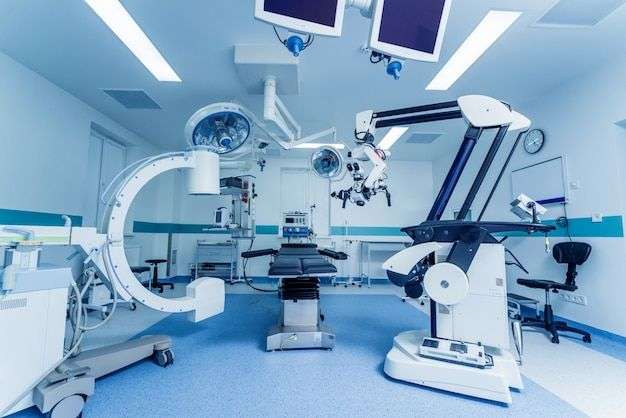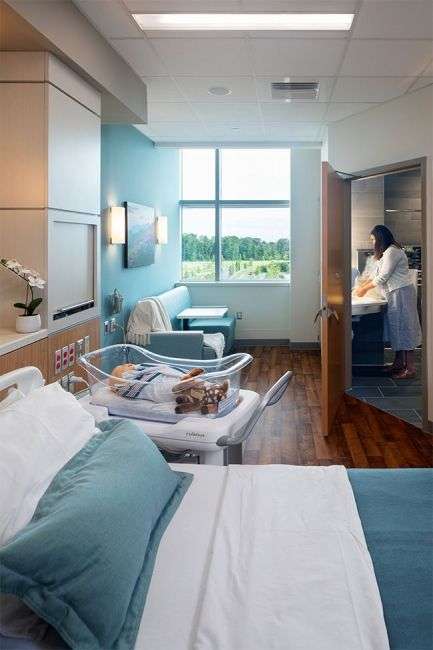In the complex landscape of hospital construction, strategic equipment planning is essential for ensuring optimal functionality and cost-effectiveness. At Hospertz India Pvt Ltd, we understand that, ultimately, the right equipment can greatly improve patient care and make operations more efficient. This article outlines key insights on strategically planning equipment acquisition and placement in new hospitals.
1. Assessing Current and Future Needs
Conduct a thorough needs assessment that not only considers current requirements but also looks at future growth. Engaging stakeholders, including medical staff, is crucial for identifying essential equipment and anticipating changes in healthcare delivery. This foresight ensures that the hospital is prepared to meet evolving patient needs.
2. Prioritizing Equipment Selection
When selecting equipment, prioritize based on clinical needs, functionality, and budget. Additionally, consider factors like durability, maintenance costs, and technology integration. At Hospertz India Pvt Ltd, we recommend investing in versatile equipment that can adapt to various uses, maximizing ROI over time.
3. Creating a Detailed Equipment Plan
Develop a comprehensive equipment plan that includes specifications, timelines, and budgets. This plan should outline the placement of each piece of equipment within the hospital layout to optimize workflow and accessibility. Consider the movement of patients and staff to minimize bottlenecks and enhance efficiency.

4. Incorporating Technology and Smart Solutions
Leverage technology to enhance equipment utilization. Smart systems can monitor equipment performance and maintenance needs, reducing downtime and extending lifespan. At Hospertz India Pvt Ltd, we advocate for integrating IoT-enabled devices that provide real-time data for better decision-making.
5. Budgeting for Acquisition and Lifecycle Costs
While initial acquisition costs are crucial, it is also essential to consider the total lifecycle costs of equipment, including maintenance, training, and eventual replacement. Developing a comprehensive budget that accounts for these factors helps avoid unforeseen expenses and ensures financial sustainability.
6. Collaborating with Suppliers and Manufacturers
Engage with equipment suppliers and manufacturers early in the planning process. Their expertise can provide valuable insights into the latest technologies and best practices, refining your equipment strategy and ensuring successful implementation.
Conclusion
Strategic equipment planning is vital for maximizing ROI in hospital construction. By assessing needs, prioritizing selections, and incorporating technology, Hospertz India Pvt Ltd is dedicated to helping healthcare facilities achieve optimal functionality and cost-effectiveness. With careful planning and execution, hospitals can not only enhance patient care but also maintain financial stability.




